Literacy
History is the closest subject to literacy. There are many opportunities between the two subjects for cross- curriculum teaching. Teaching history raises standards in literacy because there are many English based activities that are used in history lessons. History lessons require teachers and children to use their literacy skills in reading, writing and speaking and listening. Read more
Sort by:
Date (Newest first) | Title A-Z
Show:
All |
Articles |
Podcasts |
Multipage Articles
-

Oracy and writing: Speaking, listening, discussion and debate
ArticleClick to view -

Planning with literacy
ArticleClick to view -

Poetic writing
ArticleClick to view -

Pride in place: What does historical geographical and social understanding look like?
ArticleClick to view -
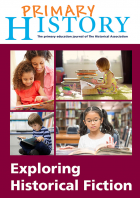
Primary History summer resource 2020: Historical Fiction
ArticleClick to view -

Reading into writing
ArticleClick to view -

Reading into writing
ArticleClick to view -
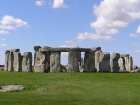
Stone Age to Iron Age - overview and depth
ArticleClick to view -
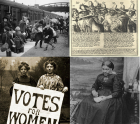
Storytelling the past
ArticleClick to view -

Teaching Ancient Egypt
ArticleClick to view -
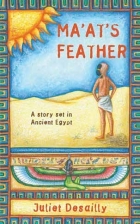
Texts for the Classroom: Ma’at’s Feather
ArticleClick to view -

Thematic or topic based whole school curriculum planning
ArticleClick to view -

Think Bubble - Print the Legend
ArticleClick to view -

Thinking through history: Story and developing children's minds
ArticleClick to view -

Time for a story
ArticleClick to view -
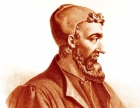
Time, Chronology, language and story
ArticleClick to view -

Using Horrible History to develop primary literacy and history
ArticleClick to view -

Using Nursery Rhymes to develop children's knowledge and understanding of the past
ArticleClick to view -

Using classic fiction to support the study of childhood in Victorian times
ArticleClick to view -

Using diaries to stimulate children's understanding of the past
ArticleClick to view

